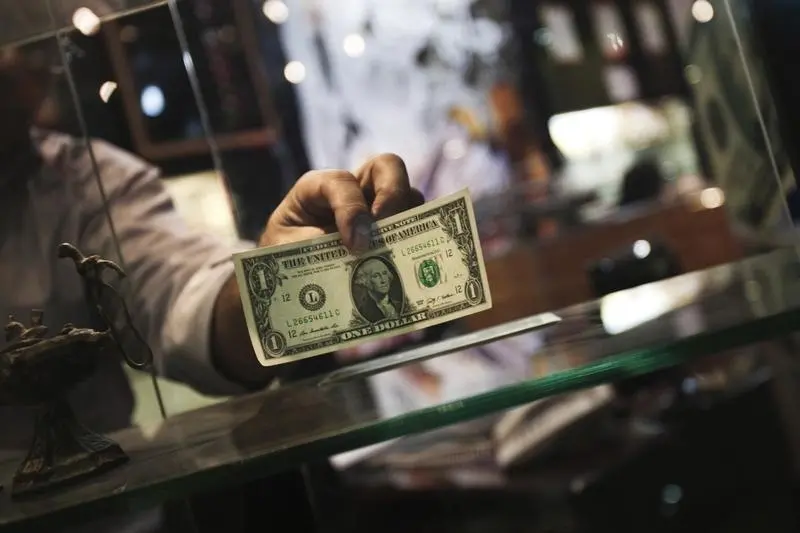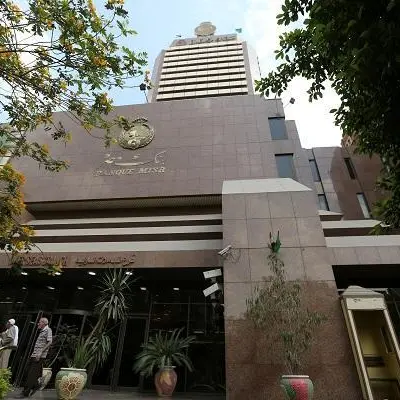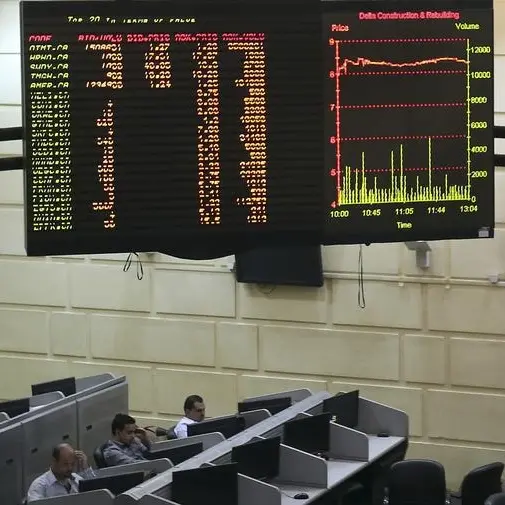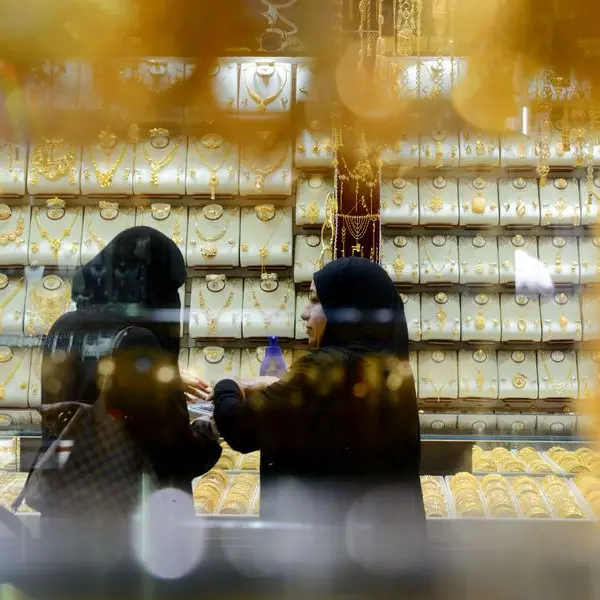PHOTO
NEW YORK: The dollar surged across the board on Wednesday, hitting multi-year highs against several major currencies, as companies and investors worried by the coronavirus outbreak rushed to the perceived safety of the U.S. currency.
The dollar index, which measures the greenback's strength against a basket of six other major currencies, was about 1.77% higher at 101.16, its highest since April 2017. The index was on pace for its largest one-day jump since June 24, 2016.
A slew of currencies hit multi-year lows against the dollar, including the British pound, the Australian dollar and the New Zealand dollar.
Signs of stress were everywhere as global central banks resumed their efforts to keep money markets functioning normally.
"In a similar vein to consumers emptying the shelves at grocery stores, investors and companies are treating the greenback the same way, gobbling it up given its highly liquid status," said Joe Manimbo, senior market analyst, at Western Union Business Solutions in Washington.
The dollar has soared against its peers in recent days despite two emergency interest rate cuts by the U.S. Federal Reserve this month that have brought U.S. interest rates down to zero. The dollar index is up more than 6% over the last seven trading sessions.
The European Central Bank, the Bank of England and the Swiss National Bank all held dollar liquidity sales on Wednesday, as part of the biggest co-ordinated funding injection by central banks since the 2007-09 financial crisis. urn:newsml:reuters.com:*:nF9N29R00W urn:newsml:reuters.com:*:nL8N2BB3HL urn:newsml:reuters.com:*:nL8N2BA31C
The high demand in these auctions settled some nerves in money markets but some analysts said that given the widespread nature of the dollar shortage, the Fed's swap lines with the major central banks may not be enough.
"There is a synchronized rush for dollars that has caught most companies, governments and traders on the hop. Dollar funding issues have been far more serious than estimated prior to this crisis," Neil Wilson, chief market analyst at Markets.com, said in a note.
The U.S. Fed said on Tuesday it would reinstate a funding facility used during the 2008 financial crisis to get credit directly to businesses and households. urn:newsml:reuters.com:*:nL1N2BA0PK
Markets have crumbled this month as investors liquidated nearly everything for cash - driving up the dollar's value and the cost of borrowing the greenback abroad.
Export-exposed currencies fared particularly badly versus the greenback.
The Australian dollar sunk to a fresh 17-year low of $0.5825 on Wednesday, while the New Zealand dollar hit a near 11-year e low of $0.5781 cents.
Sterling was 2.41% lower at $1.176, its lowest level since the pound's so-called 'flash crash' in October 2016. urn:newsml:reuters.com:*:nL8N2BB5XC
Even other perceived safe-haven currencies struggled against the strengthening greenback, with the safe-haven yen JPY= down 0.5% and the Swiss franc down about 1%.
The Canadian dollar CAD= weakened to a four-year low against the greenback on Wednesday as oil prices tumbled.
(Reporting by Saqib Iqbal Ahmed; editing by Nick Macfie) ((saqib.ahmed@thomsonreuters.com; @SaqibReports; +1 646 223 6054; Reuters Messaging: saqib.ahmed.thomsonreuters.com@reuters.net))












